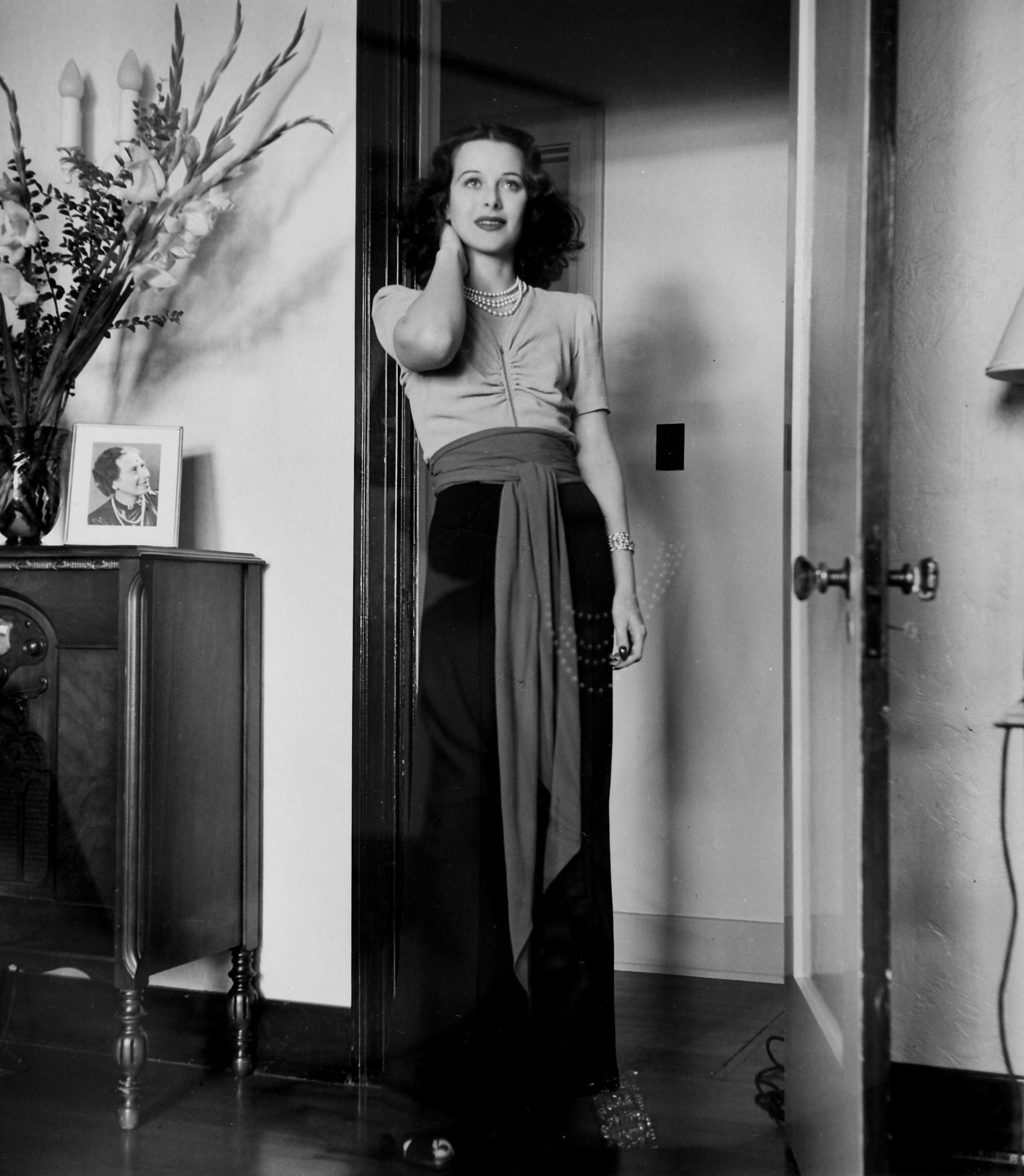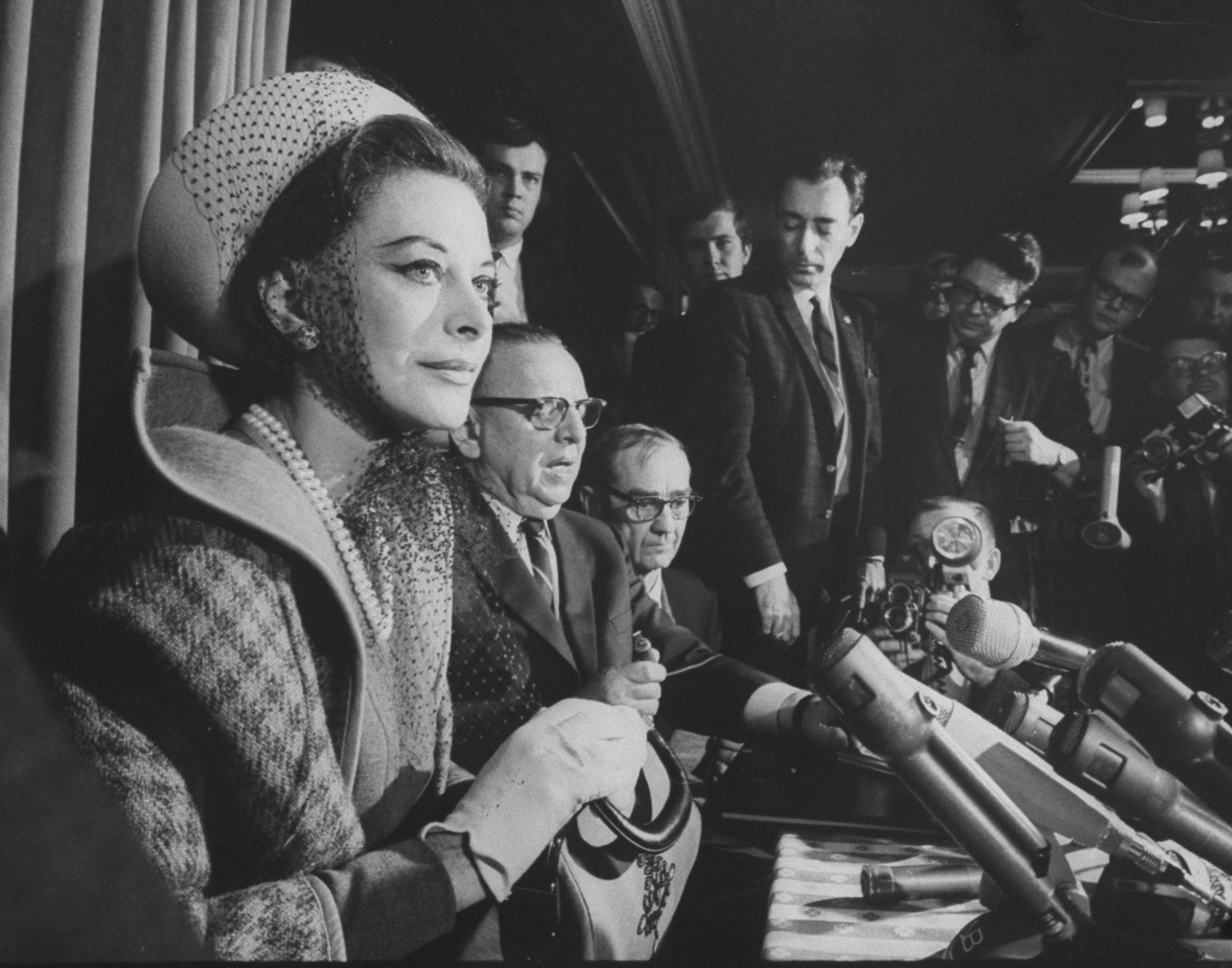
She was a glamorous movie star of the 1930s and ’40s, a taboo-breaking beauty credited with simulating the first on-screen orgasm (outside of pornography movies, of course) and appearing naked in the 1933 Czech film, Ecstasy. But Hedy Lamarr was a trailblazer in more ways than one. Fascinated by science and eager to find a way to help the Allies during World War II, she devised a way to make radio signals “jump” between frequencies — a technique known as “frequency-hopping” — in order to prevent the signals from being jammed.
After Lamarr and her partner, the composer George Antheil, obtained a patent for the invention in 1942, they gave it — at no charge — to the U.S. Navy, which began using it in the 1960s. Today, variants of Hedy Lamarr’s breakthrough invention are used in communication technologies like Bluetooth and CDMA.
The story of Lamarr and Antheil’s triumph can be found in Richard Rhodes’ 2011 book, Hedy’s Folly: The Life and Breakthrough Inventions of Hedy Lamarr, the Most Beautiful Woman in the World. In 2014, the two were finally inducted into the National Inventors Hall of Fame.
Here, 100 years after her birth (b. Nov. 9, 1914, in Vienna), LIFE celebrates Hedy Lamarr, the movie star. She died in 2000 at age 86, more famous for her movie career, off-screen romances and scandals (two shoplifting arrests later in life; six marriages; seemingly endless lawsuits brought by her and against her) than for the brilliant, landmark technology she brought to life.






More Must-Reads From TIME
- The 100 Most Influential People of 2024
- Coco Gauff Is Playing for Herself Now
- Scenes From Pro-Palestinian Encampments Across U.S. Universities
- 6 Compliments That Land Every Time
- If You're Dating Right Now , You're Brave: Column
- The AI That Could Heal a Divided Internet
- Fallout Is a Brilliant Model for the Future of Video Game Adaptations
- Want Weekly Recs on What to Watch, Read, and More? Sign Up for Worth Your Time
Contact us at letters@time.com